The goal of the “Middleware for Accessible Information Spaces on NSDL (MAISON)” is to improve participation in NSDL by teachers, librarians, and learners who are blind. The Beta version of MAISON (http://maison.asu.edu/) enhances access to NSDL, its internal and external resources and existing services (such as strand maps of educational benchmarks). MAISON is implemented as a middleware service to help minimize the extraneous load on users who are blind, while they search and access to materials from the large and diverse collection of resources available on NSDL. Relying on cutting-edge, context-aware segmentation, filtering and summarization, and concept propagation techniques, the middleware provides information space adaptation, reduction, and preview services through open web-based service APIs to enable implementation of informative navigation interfaces that are able to reduce the complexity of the information space and provide previews to prevent user disorientation.
The MAISON CSIP-Accessible (CSIP-A) web interface, underlying the MAISON Accessible StrandMap Search Interface (Beta version) takes (in addition to a set of search keywords) various adaptation options that are used for adapting the CSIP strand map results based on the user’s preferences. These adaptation options include
• Grade/topic focus: This tells the MAISON middleware whether the adaptation should be grade- (or row-) centric or topic- (or column-) centric.
• Clustering: If this option is yes, related benchmark nodes of the strand map maybe clustered together to reduce the number of nodes to be presented and the links that has to be followed by the user who is blind.
• Link preview: This link previews are annotations for helping the user who is blind to decide whether to follow a forward or backward link.
• Context keywords: Different from the search keywords, these keywords do not decide which benchmarks will be included in the result. Instead, they affect benchmark clustering, concept extraction and propagation, and textual summary generation schemes.
• Grade Level: This option helps the user who is blind focus the adaptation to a particular grade level.
The ongoing extensions to the MAISON middleware include document, web page, and web site adaptation and preview APIs for improved access to external digital resources link to the underlying information space.
The MAISON Accessible StrandMap Search Interface (Beta version) is currently available at http://maison.asu.edu/.


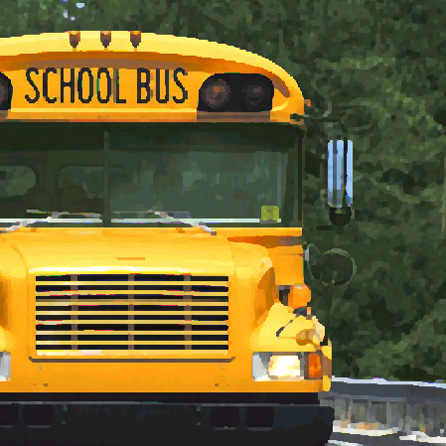
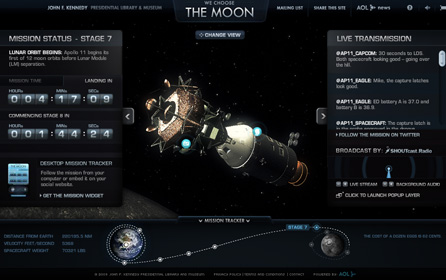
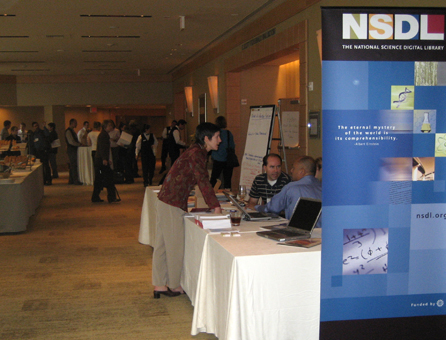
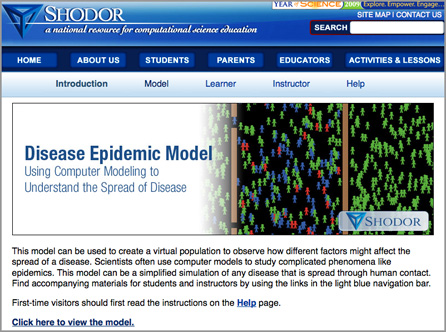
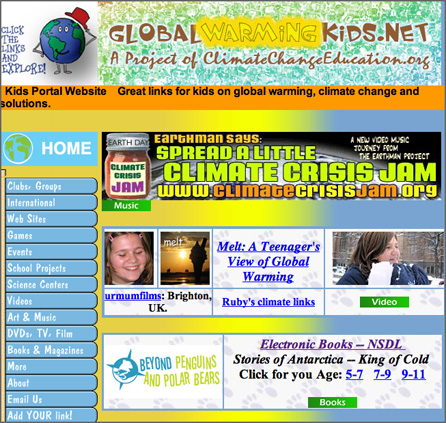
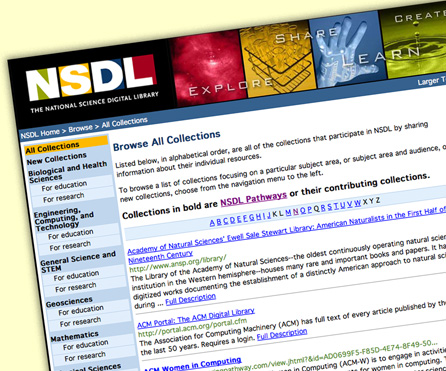

Posted in Topics: Accessibility, Chemistry, Education, Engineering, Health, Interactive, Mathematics, Physics, Science, Strand maps, Technology
No Comment »